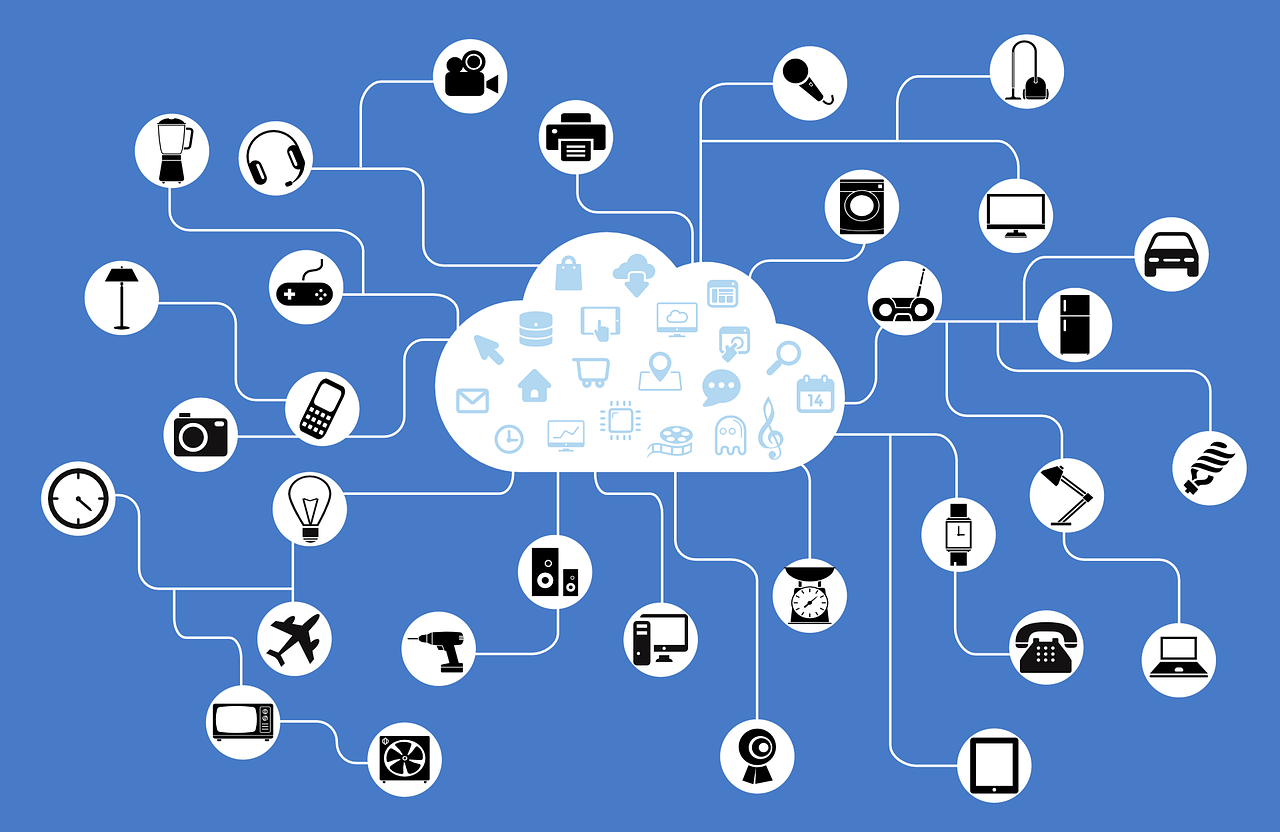The Internet of Things has become a reality in the life of many business managers. It’s not just about chips in cars and other consumer devices. Now sensors are bringing data back to managers that help them monitor and control devices and processes remotely. The combination of embedded sensors and real-time data is bringing new insights and power to the management process. And all of this has happened so quickly that the flurry of new concepts and buzzwords floating around the software industry these days can even bewilder technologists. It’s enough to make any business owner cry out, “Stop! I need the Internet of Things explained!”
These are some of the areas where the Internet of Things has had a profound effect:
The architecture of the Internet of Things
There are three basic components to the Internet of Things, and each carries its own set of engineering concerns:
Edge Nodes – This is the thing itself. The engineering concerns include communications, power, size, environment, and security.
Gateway – This controls and manages the things. Concerns include throughput, flexibility, communications, and security.
Cloud – The cloud makes the things, and their data, available. Concerns here include scalability, data analytics, privacy, and security.
Edge Nodes
Edge nodes are typically sensors of some type, measuring conditions such as temperature, humidity, vibration and light. They may be interacting with the environment, with some sort of mechanical device, or with humans. Edge nodes typically have some local processing functionality and a microcontroller. They are connected to a gateway or the cloud, via wireless or wired connectivity (usually wireless). They are often battery- or AC-powered, but can also be powered by sun or motion. For example, in water meters, every time the water runs, a little impeller is activated, which then powers the sensor in the meter.
Edge nodes are classic “embedded devices.” They are subject to the environments in which they are placed, which are often harsh, and, if battery-powered, the batteries must last a long time. There may be a small amount of data processing or filtering in an edge node, such as sample filtering, averaging, min/max readings, and set-point checks.
Gateways
Gateways integrate and aggregate the data flowing in from the Edge Nodes. One gateway may be expected to handle data coming from tens or hundreds of edge sensors. This information will come on and off line and may be communicating over various protocols. Some data will need to be processed at the gateway, to reduce data going to the cloud. Gateways are normally connected to the Internet, so security is an issue.
Gateways also perform alerts, and monitor the health of the edge nodes.
Cloud
Eventually, all of the data coming from edge nodes ends up at a server in the cloud, to be processed and analyzed. The amount of data can get overwhelming. Making sense of it all could be a challenge, but it won’t be that different than all the other challenges involving big data.
Examples of IoT applications
One example of the three components of the Internet of Things working in harmony, which may be familiar to everyone, is the Amazon Echo. This device uses multiple inbuilt microphones to keep track of your requests, then processes voices and uses the cloud to answer questions, play videos and audiobooks, change the temperature, etc. This omnipresent computerized assistant is becoming ever more popular in homes.
Applications with similar components are turned to very different purposes in the business world. IoT applications are used to monitor patients and dispense medication in hospitals, monitor and manipulate nutrients in the soil in agriculture. They are used in construction to monitor the quality of concrete by embedding sensors in concrete while it is being poured.
These are just a small snapshot of the problems that can be solved with robust, well-designed IoT applications. Organizations large and small, across the world, are using the Internet of Things to do what they do better.

